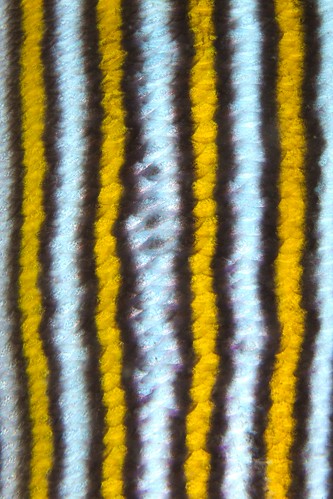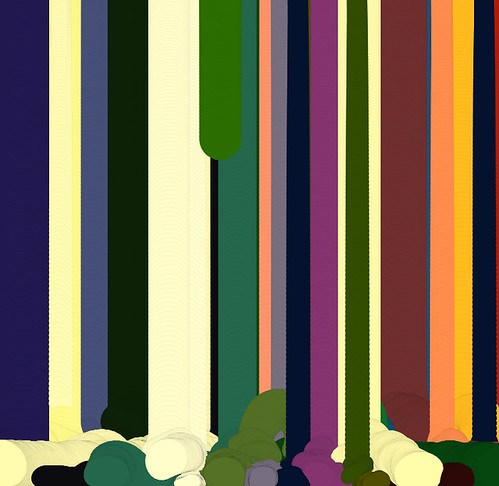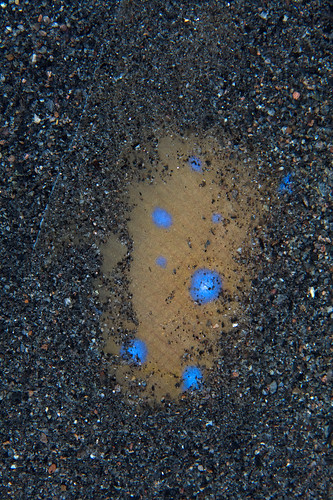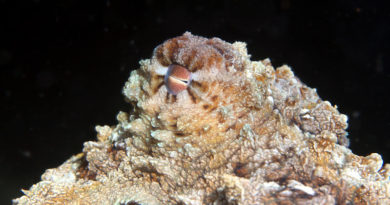Photo Art
“Alles ist Kunst, jeder ist ein Künstler”
(“Everything is art, everyone is an artist”)
– Joseph Beuys
A few months ago, an image of a sun-flooded desert canyon in Arizona by Australian photographer Peter Lik became the highest selling photograph, ever. I like the shot. It has a certain “wow” effect. It made me want to go to that canyon. But, the high-brow critics were quick to condemn Lik’s shot as “a cliche: easy on the eye, easy on the brain, hackneyed and third-hand.”. The Guardian, ever willing to provide a forum for good intellectual jousting, also let another commenter speak, who at least in principle thought that photography can be art. But even the art critic in favor of photography as art made sure to tell the readership that while there is art photography, nature photography is certainly not a part of it. So, if it’s photographed in nature, then it can’t be art. No matter how it looks. Thanks high-brow art critic boys one & two for the lesson!
A few months after Lik made the big sale, just last week, I took my super macro camera setup underwater. This is my Canon 5DII digital SLR with the Canon 100 mm f2.8 macro lens and an extension ring, which adds some extra magnification. This lets me photograph quite minute things, down to a size of about 2 centimeters to fill the whole photograph’s frame. This is an impressive piece of technology.
The fact that I can bring this setup in a housing underwater to a depth of 80 meters (the deepest shot I have taken was that deep) makes the engineering involved even more impressive. Also, divers without highly specialized training & gear usually die at 80 meters. Not me. There is a certain Nietzschean quality to making photo art under such conditions. But aren’t I mistaken in thinking that I am making art, since I am photographing mere nature?
What I photographed last week was a ribboned sweetlip, Plectorhinchus polytaenia, a beautiful tropical marine fish. It’s a mid-sized fish, though. My ultra macro setup did not allow me to take a shot of the whole animal, so I focused on those beautifully colored patterns on its side. Back on dry land I slightly cropped and then rotated the image and liked the result. The sweetlip has some interesting looking lines on its side!
Here is the shot:

Interestingly, British painter Ian Davenport has been making art with lines for quite a while. His wall-covering paintings are produced by “pouring gloss paint from heavy-duty syringes spaced along the top of the working surface, and then tilting it, or simply allowing the paint to overflow and ooze into concentric puddles.”. His paintings have been shown internationally and he was commissioned to create artwork for prestigious locations. He is a man working with the appeal of lines.

Things get even more interesting. On Flickr I found this piece of line art which was generated by a computer program. The programmer (who also uploaded the image on Flickr) wrote the initial program code and then let the program decide on the specifics of the patterns. He made the artist, but at least not directly the art. The artist’s programmer notes himself that the resulting image reminds him of Davenport’s work.

So, since my lines stem from work in nature photography, they are not art, but Davenport’s lines since they were made with the blessing of the art world, are art? The computer generated work, since no human artist was directly involved, is completely out of the question, I assume?
Don’t get my wrong: I am not a “these are just fricking lines, how is that art?”-type ignoramus. I certainly see the aesthetic appeal. I like Davenport’s paintings very much. Especially on their large scale, these are appealing and creative works. I also like the algorithmic art. But I also like my sweetlip-side lines! The effects which looking at either Davenport’s painting, the computer-generated lines or my sweetlip photograph will have on the human visual system are probably fairly similar. Similar high-level brain neurons will light up when looking at the expensive Davenport painting or the Creative-Commons Pacificklaus photograph. Both images need to be thought about with similar concepts in mind, then! Similar abstract art, no matter how it was generated, will do similar things to our brains and minds. Aforementioned art critic boy one says that it is a “fantasy that taking a picture is the same thing as making a work of art.“. Ah-ha. So while trippy looking lines are art when made by pouring paint, they are not when photographed off the side of a fish, or generated by a computer?
There is some seriously inconsequential arguing going on here. The mistake is to ignore that visual art criticism should be foremostly informed by an understanding of human vision. But that’s hard. Hence, it is much easier to give off semi-vacuous gallery-opening name-droppy small-talk about the meaning and the impressively thoughtful message of a photograph. Remember high-brow art critic boy two (who probably has never seen a beautiful sweetlip in nature himself) mentions in his lesson to us that “… art critic Jonathan Jones went to see the wildlife photographer of the year show […] Did he think they were art photography exhibitions?“. I guess to him it does not matter so much how a work of visual art looks, but more where some gallery curator hangs it. And that’s the art critic boy who is in favor of photography being art. (Yes, I know that these are super highly respected senior art critics, not boys. Who am I to call them that? I am an artist! Joseph Beuys told me that I am one!).
The approach to the criticism of photography which is not primarily based on understanding human vision is a dead end road for anyone other than those merely trying to impress good-looking art-school students of the gender of their choice. Reviewing a photograph primarily via its social commentary & place in art history and only secondarily in regards to its visual qualities hints at a deep misunderstanding.
The question should be “what does this image do to the image processing (visual) parts of our brains” and not, as so often “what message about identity, gender, capitalism, migration and/or poverty could the artist have wanted to convey with the photograph? What previous images does it relate to and which genre do we put it in?”. Again, I am not an ignorant and all for discussing identity, gender, capitalism, migration and/or poverty, but not when trying to understand the aesthetic qualities of a photograph! Hence, for anyone really trying to get to the core of how photography works, I recommend studying the psychology and neuroscience of visual perception. Only treating visual art as a human expression playing with the visual systems of other humans will let us intellectually approach photography.
My new book (which by the way is still looking for a good literary agent or publisher) provides such an introduction to visual perception for the photographer – and there is lots of material to cover. We have good insights into many levels of perception. As almost always in science, good answers led to more open questions, but the scientific progress in understanding visual perception during the last half century was impressive. We learned that the largest brain region responsible for parsing vision is the cortex, the walnut-ish, layered structure giving the human brain its unique appearance. Specifically, the what we see is processed in the visual cortex in the back of the head.
One finding (honored with a 1981 Nobel Prize) is that the visual cortex is organized very systematically. Brain cells stacked on top of each other respond to the same things in the visual world. In one spot brain cells will only become active when we see a vertical line. When we move across the surface of the cortex laterally, brain cells become responsive to slightly tilted lines, and eventually to horizontal lines. Each stack of brain cells responding to the same type of line is called an orientation column.
What Davenport’s or the sweetlip’s or the algorithm’s lines do to our brains is to activate only one type of orientation column, very strongly. Now, we are not consciously aware of the activity in the cortex-area containing the orientation columns. But this type of cortex sends its signals to other, higher cortical areas. In many cases, we know that these connections are spatially very orderly: neighboring brain cells often project to neighboring targets. And after a few steps of sending the signals further on, there are areas in the cortex where the brain activity triggered by seeing the lines and the contents of our consciousness correlate. These high order brain areas must be amused by registering that all brain cells responsive to only one orientation are vigorously active at once. Besides this knowledge about brain anatomy there is also a lot of insight from perceptual psychology about perceiving lines – lots of things for the photographer or photography critic to read up on!
And then we can start to answer: Does a photograph – or a painting, or the outcome of a computer algorithm – tickle these high-level brain areas right? THAT is the question we should be asking as true connoisseurs of visual art.




